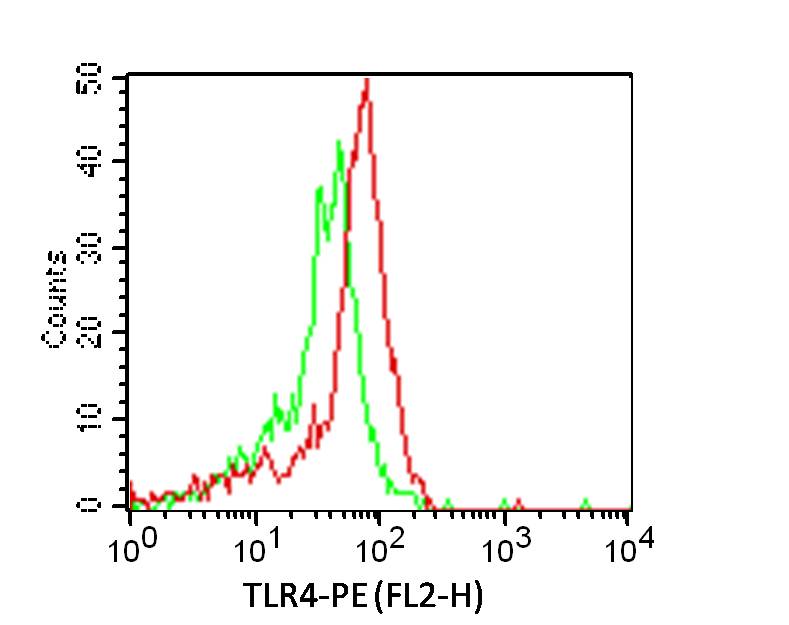Monoclonal Antibody to Mouse TLR9 (Clone: ABM4D70)

Fig-1: Western blot analysis of mTLR9. Anti-mTLR9 antibody (Clone: ABM4D70) was tested at 2 µg/ml on mouse Small Intestine lysate.
Roll over image to zoom in
Shipping Info:
Order now and get it on Wednesday April 23, 2025
Same day delivery FREE on San Diego area orders placed by 1.00 PM
| Format : | Purified |
| Amount : | 100 µg |
| Isotype : | Rat IgG2a Kappa |
| Purification : | Protein G Chromatography |
| Content : | 25 µg in 50 µl/100 µg in 200 µl PBS containing 0.05% BSA and 0.05% sodium azide. Sodium azide is highly toxic. |
| Storage condition : | Store the antibody at 4°C; stable for 6 months. For long-term storage; store at -20°C. Avoid repeated freeze and thaw cycles. |
Mouse Toll-like receptor 9 (mTLR9) is an innate immune sensor for microbial DNA that erroneously responds to self DNA in autoimmune disease. TLR9 is normally expressed in endosomes/lysosomes where it is activated by pathogen-derived DNA. It has modulatory effect on the mucosal immune system, influence susceptibility to allergic sensitization to foods (22718261). TLR9 recognizes unmethylated CpG-containing DNA commonly found in bacteria. TLR9 signaling plays an important role in the development of robust protective immunity, proper recruitment and function of effector cells (lymphocytes and macrophages), and, ultimately, effective cryptococcal clearance from the infected lungs (20581055). It is involved in the pathogenesis of cardiovascular diseases, such as hypertension and heart failure.
Western blot analysis: 2-4 µg/ml; FACS: 0.5-1 µg/10^6 cells
For Research Use Only. Not for use in diagnostic/therapeutics procedures.
| Subcellular location: | Endoplasmic reticulum membrane, Endosome, Lysosome, Cytoplasmic vesicle |
| Post transnational modification: | Activated by proteolytic cleavage of the flexible loop between repeats LRR14 and LRR15 within the ectodomain (PubMed:18931679, PubMed:18820679). Cleavage requires UNC93B1 (PubMed:18820679). Proteolytically processed by first removing the majority of the ectodomain by either asparagine endopeptidase (AEP) or a cathepsin followed by a trimming event that is solely cathepsin mediated and required for optimal receptor signaling (PubMed:21402738). |
| Tissue Specificity: | Expressed in the basolateral region of gastric epithelial cells with high levels detected in antrum and body mucosa (at protein level). Detected in spleen and stomach at higher levels in C57BL/6 mice than BALB/C. |
| BioGrid: | 219897. 1 interactions. |
|
There are currently no product reviews
|

















.png)










